WhgaIn its orders list released on Monday morning, the Supreme Court once again took no action on the Snope case challenging Maryland's ban on so-called assault weapons or the Ocean State Tactical case dealing with Rhode Island's ban on "large capacity" magazines; which is either surprising or completely expected given how long both of these cases have been listed for debate in conference without any movement from the Court.
Unfortunately, the justices did take action in another Second Amendment case; turning down a case out of New York called Antonyuk v. James, which was just heard in conference for the first time last Thursday.
The denial came without a written dissent from justices like Clarence Thomas, Samuel Alito, and Neil Gorsuch, which is another surprise given that the question at the heart of Antonyuk stems from New York's response to the Bruen decision authored by Thomas. As the plaintiffs' attorneys wrote in their cert petition to SCOTUS:
Moments after this Court issued N.Y. State Rifle & Pistol Ass’n v. Bruen, 597 U.S. 1 (2022), striking down New York’s discretionary firearms licensing regime,s tate politicians decried the decision as “reprehensible,” vowing to resist the “insanity” of “gun culture” that “possessed … the Supreme Court. ”Rather than following Bruen, New York enacted a “Concealed Carry Improvement Act” that makes it more difficult to bear arms than before Bruen was decided.
A panel of the Second Circuit upheld much of this law in an opinion this Court vacated in light of United States v. Rahimi, 602 U.S. 680 (2024). But on remand, the panel doubled down, reissuing a nearly identical opinion and dismissing Rahimi as having “little direct bearing on our conclusions.” Relying almost entirely on a few late-19th-century outlier laws rather than Founding-era practice, the panel again affirmed New York’s requirement of “good moral character” as a precondition to public carry, along with most of its gun bans in all manner of nonsensitive public places.These holdings clearly contravene Bruen’s rejection of discretionary “suitability” assessments and warning not to declare all of Manhattan a “sensitive place.” The questions presented are:
1. Whether the proper historical time period for ascertaining the Second Amendment’s original meaning as applied to the states is 1791, rather than 1868; and
2. Whether “the people” must convince government officials of their “good moral character” before exercising their Second Amendment right to bear arms.
Both of those questions are significant, but the Court has been reluctant to directly rule on whether 1791 or 1868 is the most important time frame when it comes to understanding the Second Amendment's original meaning as it was applied to the states. There are more gun laws on the books in the post-Civil War period than were in place in 1791, so that matters in terms of determining whether modern gun laws have any historical analogous statutes that reflect the national tradition of gun ownership.
This is really the first time that the Court has been asked to address other subjective licensing standards since it rejected New York's "justifiable need" requirement in Bruen, and it's beyond disappointing that they're allowing anti-gun states to continue to use a "suitability" or "good moral character" requirement to deny someone a carry (or even possession) permit even if they can pass a NICS check and aren't a prohibited person. The only bit of good news is that Antonyuk has yet to be fully decided on the merits, so the Court will have another opportunity to take up the question in the future.
Here's hoping the reason there was no dissent is because Thomas knows he is getting Snope.
— Kostas Moros (@MorosKostas) April 7, 2025
Moros admitted that his thinking is a coping mechanism, but I'd say it's not entirely without reason. It is at least somewhat odd that there was no written dissent from Thomas, even on an interlocutory appeal, and the fact that Antonyuk was swiftly denied after just one conference while Snope and Ocean State Tactical have been kicking around since mid-December suggests that the justices plan on doing something with those cases beyond a simple denial of cert. Whatever they're waiting for, and exactly what that something will be, however, will likely remain a mystery for at least another week.
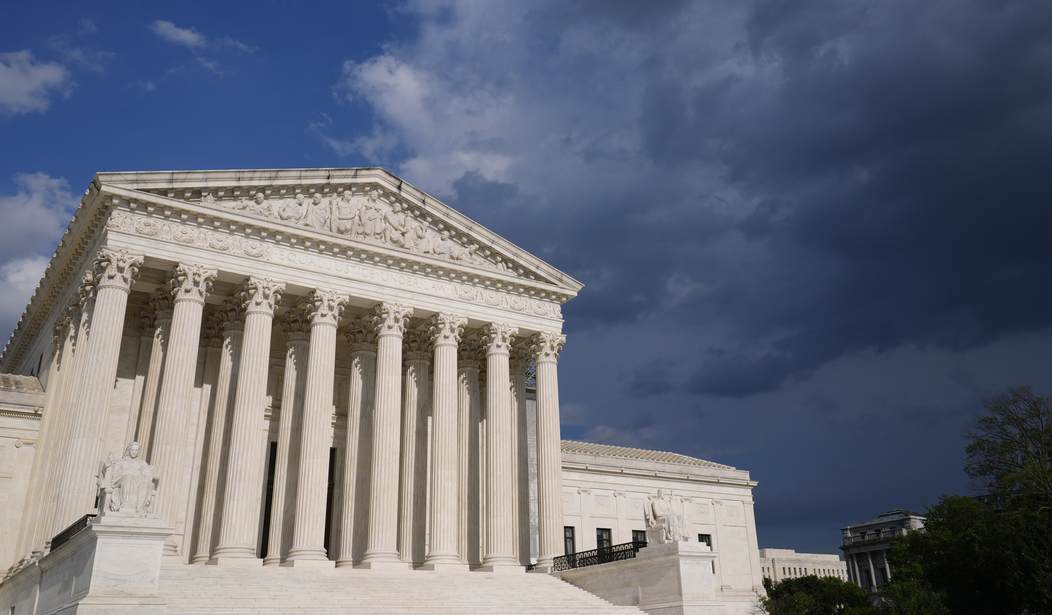


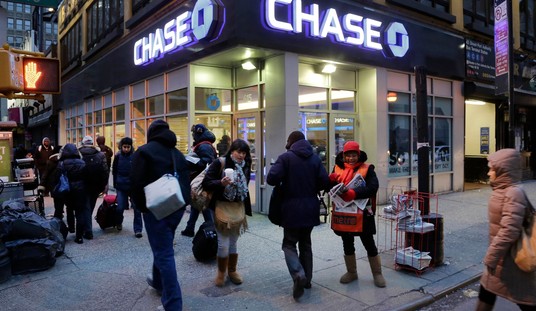

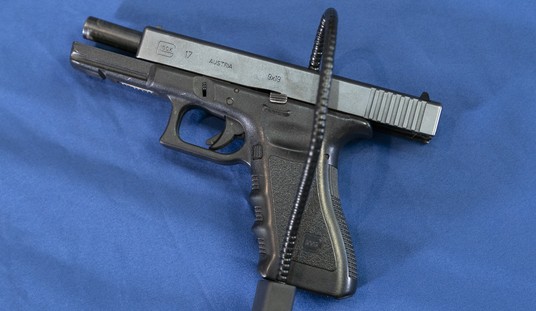
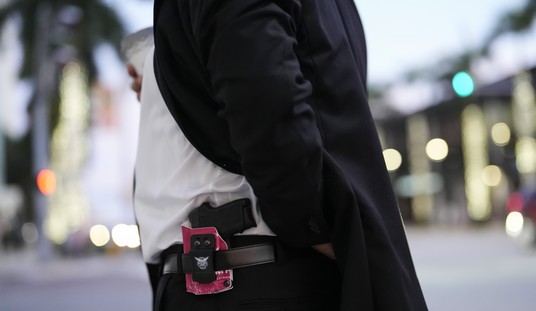
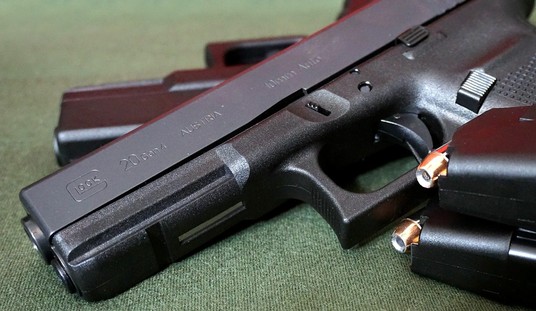
Join the conversation as a VIP Member